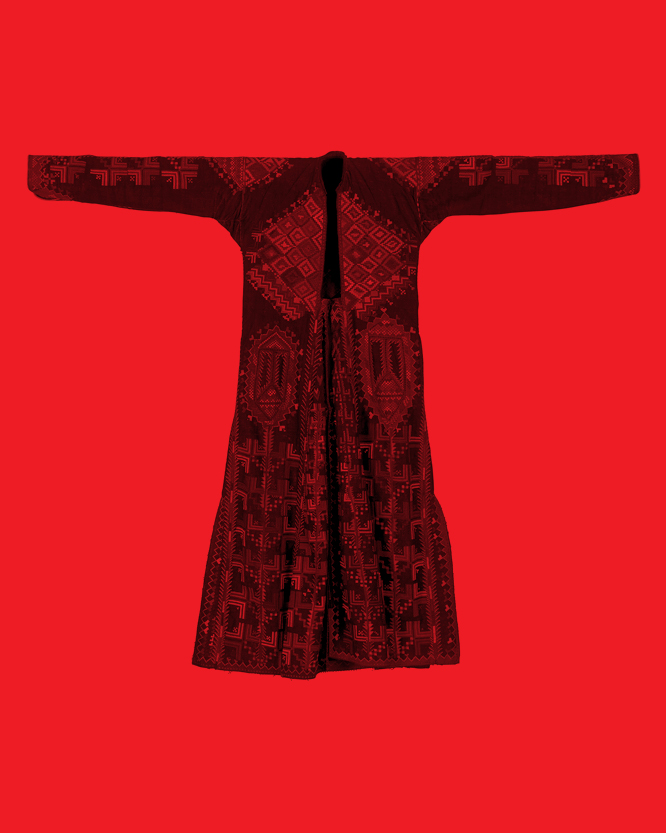
Why does the MuCEM have textiles in its collections?
The Mucem preserves many tens of thousands of pieces of textiles. This collection is built from three main sources: a set inherited from the Musée national des Arts et Traditions Populaires that was collected at the end of the 19th century; items on deposit at the Mucem from the European collections of the Musée de l'Homme; and new acquisitions made since the 2000s. Dating from the end of the 18th century to the present day, they are unique witnesses to the history of regional clothing and folk dress.
Indeed, the Mucem preserves an extraordinary collection of European and Mediterranean clothing, many of which come from the regions of France, the Balkans, and Eastern Europe. While most of these are ceremonial costumes linked to festivals, rituals, and ceremonies, the museum is also a point of reference institution for everyday textiles. Household linen, work clothes, and also emblematic pieces from a particular era or fashion trend (for instance, the miniskirt of the 1960s and the extra-wide flared jeans of the 1970s) allow visitors to follow the development of everyday history as closely as possible.
Textile fibres are particularly fragile materials whose conservation is a constant challenge. Nevertheless, these pieces constitute a wealth of heritage of the first order. They are precious sources of data for the analysis of techniques as varied as domestic weaving, dyeing, and embroidery, as well as providing insights around the history of fashions, norms, and cultures. Forever at the crossroads of the intimate and the public, the Mucem's textiles are a major – and particularly moving – resource for the study of societies.
Coline Zellal—Custodian and head of the "Body, appearances and sexualities" theme